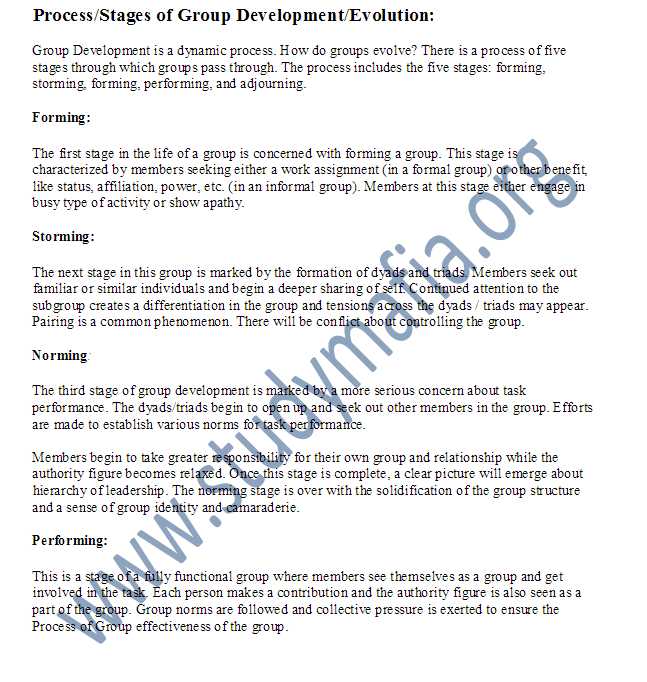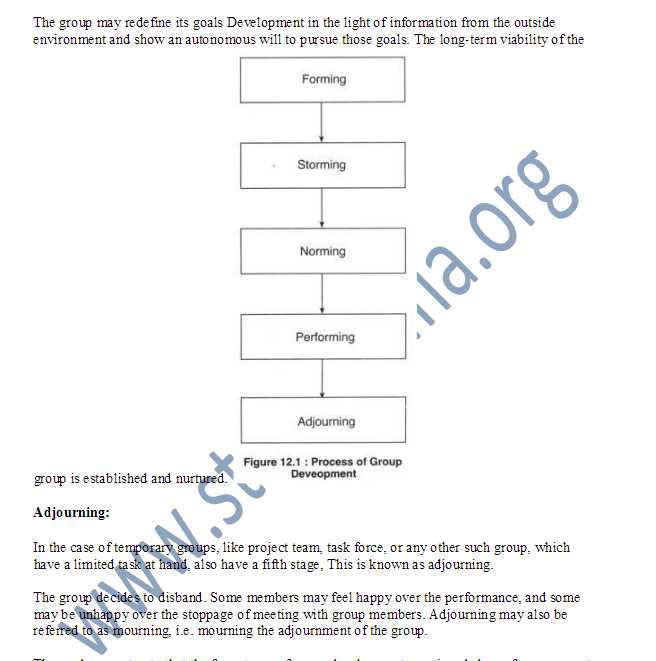|
#1
| |||
| |||
|
My sister is pursuing MBA Program from Chennai. She needs notes on Group Dynamics Topic. So can anybody provide notes for Group Dynamics Topic of MBA Program?
|
|
#2
| |||
| |||
|
As you are looking to download notes on Group Dynamics Topic for MBA Program, so I am providing important notes: MBA Program - Group Dynamics Topic Notes: INTRODUCTION A group can be defined as several individuals who come together to accomplish a particular task or goal. Group dynamics refers to the attitudinal and behavioral characteristics of a group. Group dynamics concern how groups form, their structure and process, and how they function. Group dynamics are relevant in both formal and informal groups of all types. In an organizational setting, groups are a very common organizational entity and the study of groups and group dynamics is an important area of study in organizational behavior. What is Group Dynamics? Group dynamics deals with the attitudes and behavioral patterns of a group. Group dynamics concern how groups are formed, what is their structure and which processes are followed in their functioning. Thus, it is concerned with the interactions and forces operating between groups. Group dynamics is relevant to groups of all kinds – both formal and informal. If the UPA government has set up Group of Ministers for every governance issue, the Supreme Court of India has 27 Group of Judges committees overseeing all manner of non-judicial work in the apex court. In an organizational setting, the term groups are a very common and the study of groups and group dynamics is an important area of study. Process/Stages of Group Development/Evolution: Group Development is a dynamic process. How do groups evolve? There is a process of five stages through which groups pass through. The process includes the five stages: forming, storming, forming, performing, and adjourning. Forming: The first stage in the life of a group is concerned with forming a group. This stage is characterized by members seeking either a work assignment (in a formal group) or other benefit, like status, affiliation, power, etc. (in an informal group). Members at this stage either engage in busy type of activity or show apathy. Storming: The next stage in this group is marked by the formation of dyads and triads. Members seek out familiar or similar individuals and begin a deeper sharing of self. Continued attention to the subgroup creates a differentiation in the group and tensions across the dyads / triads may appear. Pairing is a common phenomenon. There will be conflict about controlling the group. Norming: The third stage of group development is marked by a more serious concern about task performance. The dyads/triads begin to open up and seek out other members in the group. Efforts are made to establish various norms for task performance Members begin to take greater responsibility for their own group and relationship while the authority figure becomes relaxed. Once this stage is complete, a clear picture will emerge about hierarchy of leadership. The norming stage is over with the solidification of the group structure and a sense of group identity and camaraderie. Performing: This is a stage of a fully functional group where members see themselves as a group and get involved in the task. Each person makes a contribution and the authority figure is also seen as a part of the group. Group norms are followed and collective pressure is exerted to ensure the Process of Group effectiveness of the group MBA Program - Group Dynamics Topic Notes:  
__________________ Answered By StudyChaCha Member |